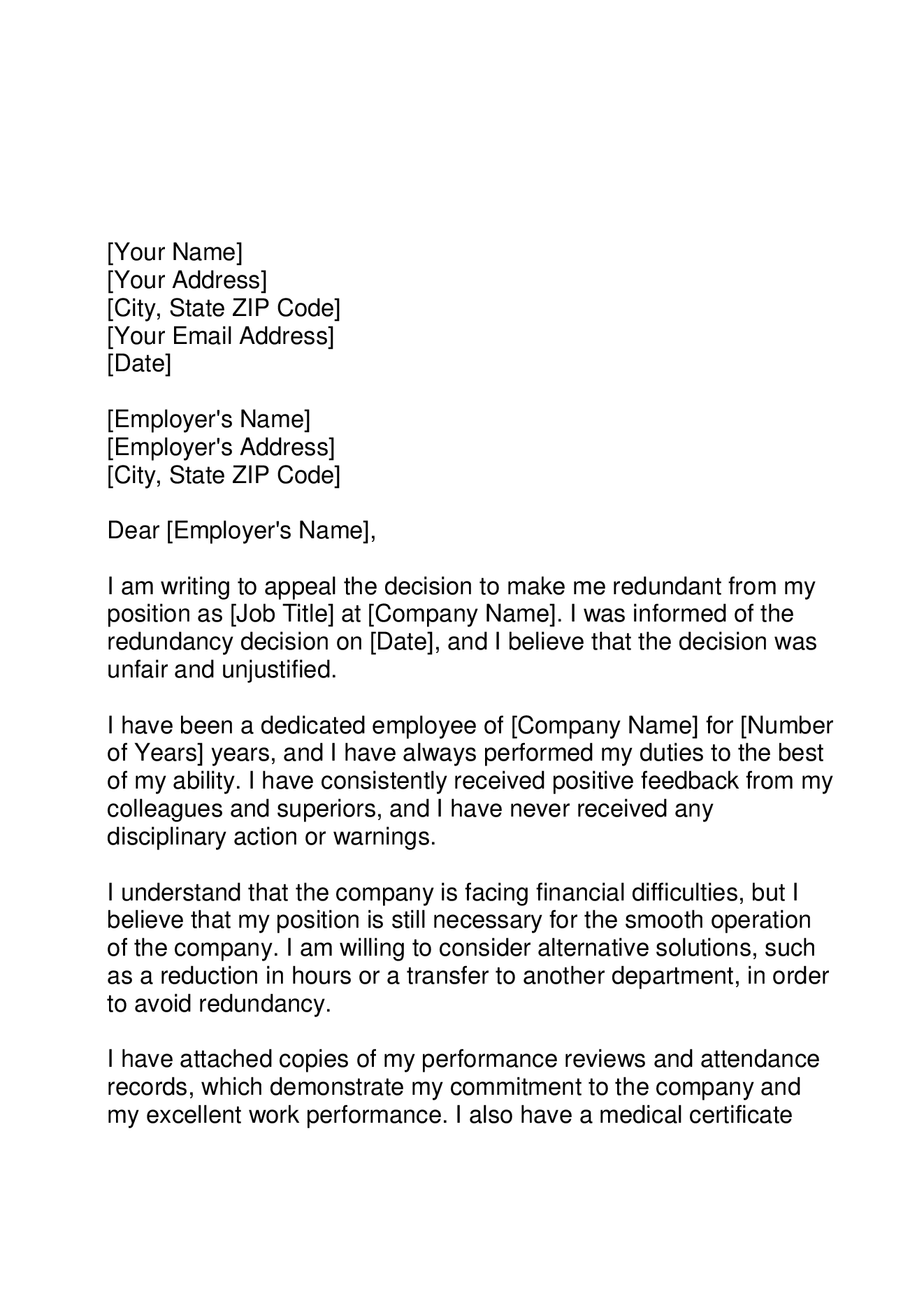Who Pays Redundancy Money? Understanding Company Obligations in the UK
Who Pays Redundancy Money? Understanding Company Obligations in the UK
Blog Article
Investigating the Interplay Between Business Redundancy and Organizational Adaptability for Future Development
In the vibrant landscape of today's organization globe, the complex relationship in between business redundancy and business versatility emerges as a vital element for continual growth and success. Firms usually deal with the challenge of striking a fragile equilibrium between keeping a degree of redundancy to alleviate risks and fostering adaptability to react swiftly to the ever-evolving market needs.
Value of Firm Redundancy
Business redundancy is a crucial component that boosts business resilience and minimizes operational threats. By integrating redundancy actions within the business structure, companies can much better endure unpredicted disturbances and variations in the service atmosphere. Redundancy works as a tactical buffer, permitting companies to adapt and react successfully to unanticipated challenges without compromising crucial operations.
One key element of the importance of firm redundancy is its function in making certain continuity during times of crisis. When faced with sudden changes or emergency situations, redundant systems, resources, or personnel can tip in to keep crucial functions and prevent widespread disturbances. This connection not only safeguards the business's online reputation and consumer count on yet additionally reduces financial losses and functional downtime.

Approaches for Business Adaptability

Producing adaptable business frameworks that enable for quick modifications to market characteristics and consumer demands is essential for remaining competitive in a rapidly evolving setting. By proactively identifying prospective disturbances and possibilities, companies can proactively adapt and prosper in an ever-changing organization landscape.
Balancing Redundancy and Adaptability
Attaining an unified equilibrium in between functional redundancy and business flexibility is vital in navigating the intricacies of a dynamic organization atmosphere. Redundancy within a company provides a security web, guaranteeing connection and stability in operations. Nevertheless, an unwanted of redundancy can result in inefficiencies and prevent versatility to transforming market conditions. On the other hand, organizational flexibility permits firms to react immediately to exterior disturbances and take brand-new possibilities. Striking the right equilibrium between redundancy and flexibility is a fragile process that needs a deep understanding of the company's goals, market dynamics, and risk tolerance.
To accomplish this equilibrium, firms need to carry out routine assessments of their operations to identify areas where redundancy is required for threat mitigation and where versatility can drive advancement and development. Applying flexible structures, promoting a culture of constant understanding and improvement, and encouraging open communication across all degrees of the organization are crucial methods to harmonize redundancy and adaptability effectively. By aligning these 2 crucial components, companies can position themselves for lasting website link development and success in an ever-changing organization landscape.
Study on Adaptation Success
In taking a look at instances of successful organizational adaptation, it comes to be noticeable that pop over to this site the interplay in between functional redundancy and flexibility is a defining variable in shaping resilient businesses. A DVD rental solution, Netflix demonstrated remarkable flexibility by transitioning into a streaming system when digitalization interrupted the industry. These instance research studies underscore the value of operational redundancy combined with business adaptability in cultivating long-lasting growth and competition.
Structure Strength for Future Development
Building durability for future development calls for a tactical placement of operational processes with market characteristics and emerging patterns. Firms should adapt to transforming settings by fostering a culture of versatility, technology, and continuous enhancement. Strength entails not just getting better from troubles yet likewise proactively getting ready for future challenges. One essential element of building strength is buying robust danger monitoring methods to alleviate possible disruptions. This consists of scenario preparation, diversifying supply chains, and creating contingency prepare for numerous backups (who pays redundancy money).
In addition, promoting strong partnerships with stakeholders, such as clients, employees, vendors, and the community, is essential for preserving and weathering uncertainties trust and support during stormy times. Reliable interaction and transparency play a crucial function in structure durability, as they aid align expectations and promote cooperation in navigating uncertainties.
In addition, companies need to focus on understanding and development campaigns to upskill employees and furnish them with the required tools to adjust to altering circumstances. By purchasing their labor force, companies can improve their versatility and agility, inevitably enhancing their resilience for sustainable future growth.
Verdict

In the vibrant landscape of today's business world, the elaborate connection between business redundancy and business adaptability emerges as an important factor for sustained development and success. Companies commonly face the difficulty of striking a fragile balance between preserving a degree of redundancy to mitigate risks and promoting flexibility to react swiftly to the ever-evolving market demands.To attain this equilibrium, business require to carry out normal analyses of their operations to identify areas where redundancy is needed for threat reduction and where flexibility can drive innovation and growth.In final thought, the interplay between company redundancy and organizational versatility is vital for future development. Building resilience through a combination of redundancy and adaptability will certainly make certain that firms are prepared for the obstacles of the future.
Report this page